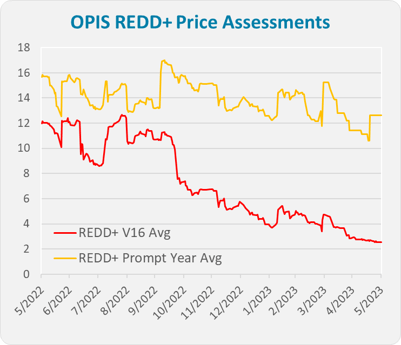Recent news from Western Australia regarding a silicosis case at Australia’s largest gold mine has prompted dust control and mining firm Global Road Technology (GRT) to caution the mining industry around any complacency around the dangers of silica dust.
According to WA safety regulator WorkSafe, onsite dust problems caused in part by the grinders crushing the silica-containing rock to assist to extract the precious metal has been highlighted six times since 2020.
For GRT managing director Troy Adams, this case serves as a timely reminder to the entire Australian mining industry to not be complacent when it comes to preventative mine-site dust control measures to ensure safe levels are achieved and maintained.
“GRT believes that this news from WA serves as a timely reminder across the mining industry of the dangers of particulate pollution and that preventative, whole-of-site dust control measures need to be consistently maintained and measured,” Adams said.
“A key element in this case is that the extraction process requiring the crushing of the silica containing rock is essential to extracting the gold, with an entire minesite funded, created and maintained for this sole purpose.
“What this means is the focus needs to be on ensuring dust levels are kept safe through methods that prevent the dangerous material being released into the air, at GRT our entire suppression program is focused on whole-of-site solutions that aim to stop particulate pollution getting airborne by stopping it at its very source using specially developed polymer solutions and on-tool dust extraction methods.”
GRT’s innovative product suite of dust suppression non-toxic chemical applications twinned with its engineered dosing and application techniques has seen it emerge as a national leader in the development of infrastructure and process solutions designed to reduce the spread of particulate pollution at its source.
These products are designed to stop the spread of the dust from its creation point by applying them across the tools used to extract the materials and across the entire area where the activity is occurring, causing the particles to fall collectively to the ground before the spread across the mine sites or into nearby communities.
Its strategy focuses on using the products to complement its techniques where the firm creates whole-of-site processes to minimise the spread of silica dust in the first instance using real-time data and engineering methods to ensure better safety controls are put into effect in the areas where rock crushing activities are occurring – both above and below ground.
Evidence of GRT’s philosophy of providing ‘whole-of-site’ dust solutions is how it has designed eco-friendly polymer based products like GRT: Haul-Loc and GRT: Activate that dovetail into these autonomous systems to deliver effective dust control and provide critical data to our customers useful and actionable measures to prevent further spread.
These products are far more effective in stopping particulate pollution than water alone which is commonly used and ensure that this precious natural resource is not wasted.
This approach is driven by its offering solutions at the apex of the hierarchy of control meaning that its products and techniques are designed to mitigate dust at its source to ensure that only minimal amounts of particulates reach workers to the point where protective clothing and masks can safely deal with the remaining trace particles.
Despite the news in this instance of the worker affected by silicosis having their case detected early, meaning that scarring may be avoided, for Mr Adams this case brings to light how dangerous silica dust.
“In this instance due to the early detection of silicosis the impacted employee may avoid some of the worst impacts of the lung disease,” Adams said.
“However, this case serves to remind us as an industry that we need to ensure that right-sized dust control strategies are applied to mine-sites across the country to avoid a case occurring in the first instance – which is why GRT advocates that the best solution is and always will be to stop particulate pollution from spreading by stopping it at its source.”




